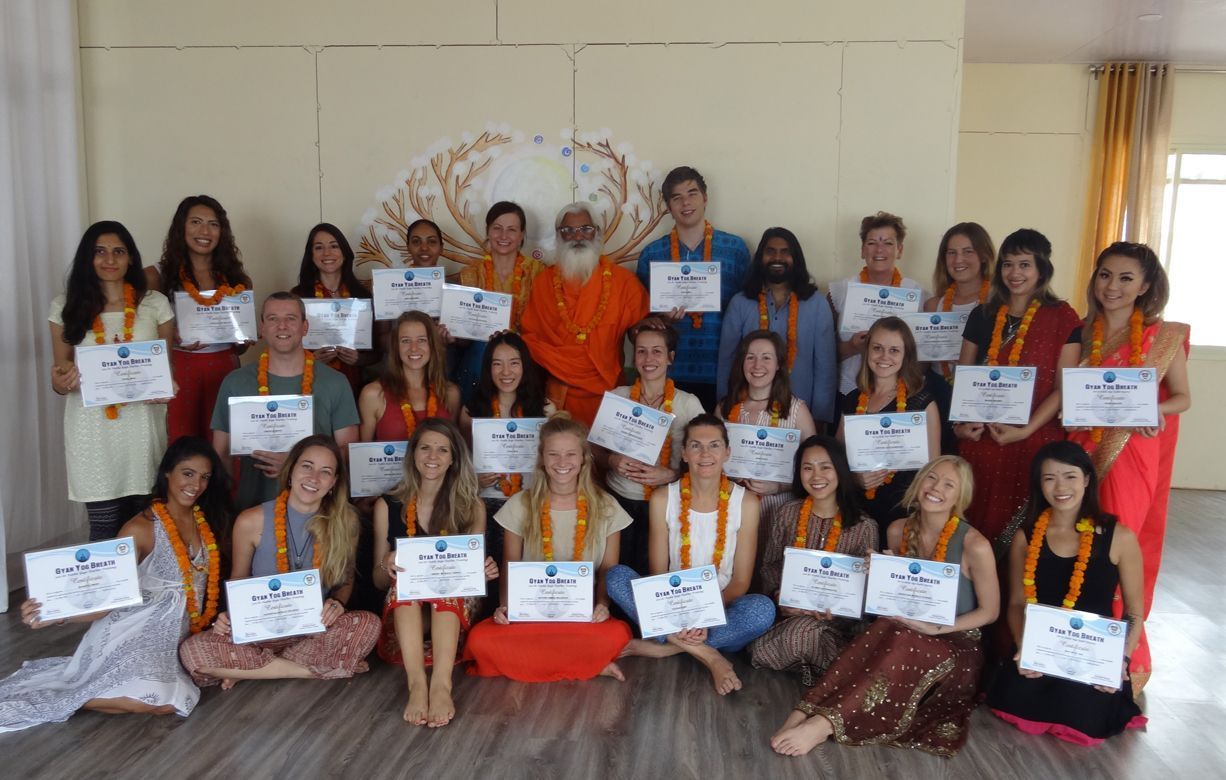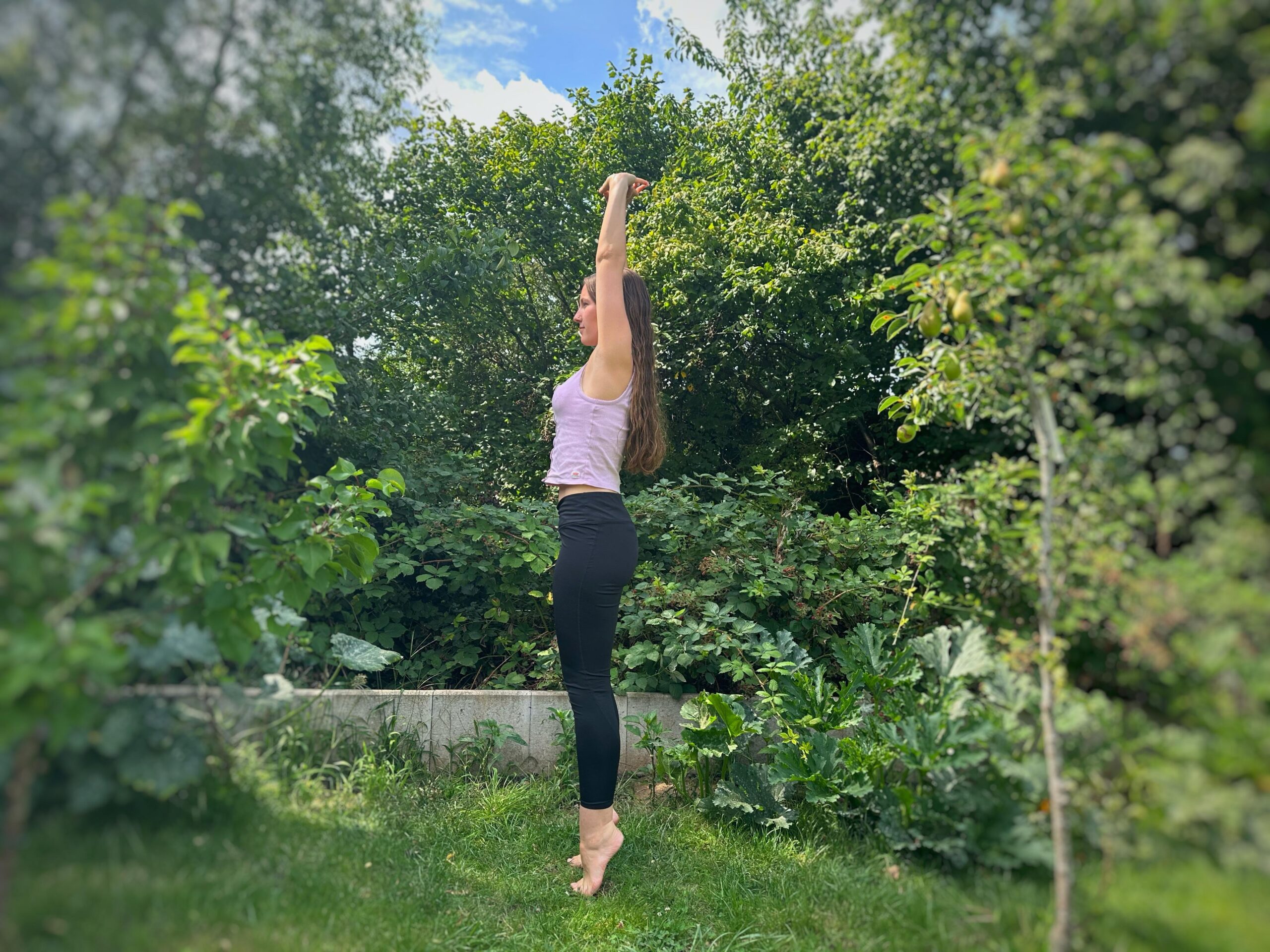The benefits of meditation such as reducing stress, boosting happiness, improving the immune system are just a few of the many reasons why you should consider incorporating the practice into your classes as a yoga teacher. One thing you learn at a yoga teacher training is that practicing the asanas prepares you for meditation. Here are a few tips on how you can roll out the practice in your class or studio.
1- Discover meditation for yourself
Practicing it yourself is the first step to attempting to teach it in your yoga class. As with your yoga asanas, your personal meditation practice is a journey and it is important to explore it for yourself first before sharing your knowledge with others.
2- Invite your students to set an intention for the class
An intention is recognized as the practice of bringing awareness to something you’d like to cultivate for yourself. Invite your students to set a goal for their practice during your class, something that they can actively work towards and that will positively affect their thoughts throughout the class. It is almost like a beginner step in meditation as it acts as a reminder throughout your student’s yoga practice for when their minds become distracted.
3- Include it as part of an introduction to your class
Taking your students through a short meditation at the beginning of the class allows them to focus on the here and now, connect with their breath and turn their gaze inward. Starting with meditation allows your students to become aware of their body and mind, be present in the class and realize that their practice goes beyond just their movements on the mat.
4- Include it at the beginning of Savasana
It’s important to remember that Savasana is the key part of any asana practice, so bear in mind not to make your meditation too long taking away from your student’s time in Savasana. Savasana should be at least 10-15 minutes long, so you can use the first 5 minutes to lead a short guided meditation. Allow your students to observe their own minds and breath before another 5 – 10 minutes of silence.
5- Using asanas as meditation
The beginning and end of a class is a great way to introduce it, however, you can also incorporate a meditation during your class while teaching certain asanas. Choose a specific yoga posture that will invite your students to hold their mental focus on meditation during that single posture. Some great yoga poses for this are the chair pose, trikonasana, and headstands.








